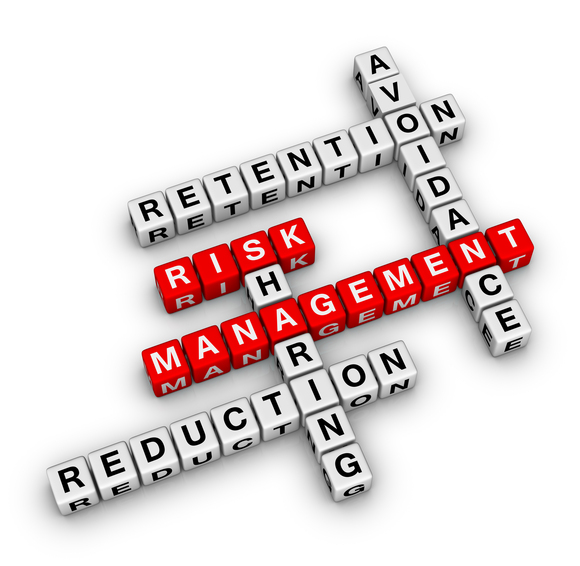Accounting
78 Percent of Organizations Say AI Is an Emerging Technology Risk
The data shows organizations in 2024 are 2.5 times more likely to be in the later stages of digital risk maturity than last year, showcasing a solid trend toward proactive risk management.
Jun. 30, 2024

In a new survey, 78 percent of organizations say they are tracking AI as an emerging risk while simultaneously adopting the technology themselves. More than half of enterprises surveyed reported using AI to improve efficiency and enhance their digital risk posture.
Those results come from AuditBoard‘s third-annual 2024 Digital Risk Report: Opportunities and Challenges of the AI Frontier. AuditBoard is a cloud-based platform for audit, risk, compliance, and ESG management.
The report’s findings are being announced in conjunction with IT Risk Now 2024, AuditBoard’s virtual event that brings together cybersecurity and IT risk management leaders to discuss how to handle today’s most urgent challenges, from navigating the risks and opportunities of AI to conveying the importance of security initiatives.

Thanks for reading CPA Practice Advisor!
Subscribe for free to get personalized daily content, newsletters, continuing education, podcasts, whitepapers and more...
Already registered? Login
Need more information? Read the FAQ's
The annual report, based on a survey of over 400 security professionals in the U.S. involved in their organization’s approach to cybersecurity and digital risk, reveals organizations are making significant strides in digital risk management compared to previous years. The data shows organizations in 2024 are 2.5 times more likely to be in the later stages of digital risk maturity than last year, showcasing a solid trend toward proactive risk management.
The AI Frontier: Digital Risk and Opportunity
Overall, a majority of organizations are tracking AI risks (78%), with more than half using AI in multiple ways to enhance their digital risk posture, indicating a crucial shift towards leveraging advanced technologies.
- Two-thirds of organizations prioritize AI risk assessment using existing internal processes (65%) and/or guidance and best practices from professional organizations (63%). Another 55% say they use current and pending laws/regulations to prioritize risk.
- Over half of organizations surveyed use AI to improve team productivity (57%) and enhance threat detection (56%). Nearly half say they use it in reporting (48%) and automating action and response plans (42%).
- Nearly half of respondents describe their risk tolerance towards AI as very high (17%) or high (29%), while only 12 percent report a low (9%) or very low (3%) AI risk tolerance. This indicates the growing acceptance of AI as an emerging technology that presents both benefits and risks.
Digital Risk Management: More Mature, Integrated, and Technology-Driven
The report findings also highlight the rapid evolution of digital risk management practices and the importance of solid organizational collaboration to enhance risk management strategies.
- 87 percent of companies use reportable metrics to manage digital risk. Of this group, nearly all (97%) consider their metrics to be effective, with 59% saying the metrics they use are very effective — underscoring the importance of data-driven decision-making.
- Strong collaboration across teams managing digital risk matters. Those with solid collaboration are more than two times more likely than all others to describe their reportable metrics as very effective (87% vs. 41%)
- Organizations continue to move away from manual approaches like spreadsheets and shared drives, with four out of five saying they use cloud-based risk management software to manage digital risk.
“The findings from this survey underscore the importance of evolving digital risk management practices,” said Richard Marcus, Chief Information Security Officer at AuditBoard. “As organizations mature in their approaches, integrating advanced technologies and fostering strong collaboration will be key to staying ahead of emerging threats and protecting digital assets.”
